
BlackBerry Curve 8320
140 EUR
Discover the impressive BlackBerry Curve 8320 Mobile Phone with its sleek design, 2 MP camera, and vibrant display. Learn more about its specs and prices here.
Smartphone Specifications and Features Summary:
Announced: 2007, September
Status: Discontinued
Display: 2.5 inches 65K colors
OS: BlackBerry
Network: GSM
CPU: 32-bit Intel XScale PXA272 312 MHz
Memory: 64MB ROM
Battery: Removable Li-Ion 1100 mAh
Available color(s): Titanium, Pale Gold
The Timeless Classic: BlackBerry Curve 8320
When it comes to iconic mobile phones, the BlackBerry Curve 8320 certainly takes the cake. Introduced in September 2007, this device quickly became a household name with its groundbreaking features and sleek design. Even though it has been discontinued, it still holds a special place in the hearts of many loyal BlackBerry users. Let’s dive into the fascinating world of the BlackBerry Curve 8320.First things first, the BlackBerry Curve 8320 was launched in a time when smartphones were just beginning to gain popularity. It was met with great excitement and anticipation, especially due to its advanced features and innovative technology. And it certainly lived up to the hype.
Running on the BlackBerry OS, the Curve 8320 boasted a 32-bit Intel XScale PXA272 312MHz CPU, making it faster and more efficient than its predecessors. It also came with a dedicated microSDHC card slot, allowing users to expand their storage space. With 64MB of ROM, the Curve 8320 offered plenty of space to store apps, photos, and documents.
One of the standout features of the BlackBerry Curve 8320 was its 2.5-inch display with 65K colors. Though it may seem small in comparison to today’s smartphones, it was considered a decent screen size back in 2007. With a resolution of 320 x 240 pixels and a 4:3 aspect ratio, it provided a clear and crisp display. Additionally, the trackball was a unique addition to the keyboard, allowing users to easily navigate through their phone.
The Curve 8320 also had a 2MP camera with LED flash, which was considered a major upgrade at the time. It may not have been the best camera on the market, but it certainly allowed users to capture decent quality photos and videos. Sadly, there was no front-facing camera, but it wasn’t something most people thought about back then.
In terms of battery life, the BlackBerry Curve 8320 did not disappoint. Its removable Li-Ion 1100 mAh battery could last up to 408 hours on standby and up to 4 hours of talk time. This was a major feat, considering the battery life on other smartphones at the time was not as impressive.
When it came to connectivity, the Curve 8320 had it all. It was equipped with Wi-Fi 802.11b/g, Bluetooth 2.0, and miniUSB 2.0. It also had a built-in HTML browser, and the ability to access BlackBerry maps. Additionally, it supported document editing for Word, Excel, and PowerPoint, making it a reliable device for professionals on the go.
The Curve 8320 was available in two color options, Titanium and Pale Gold. Its dimensions were 107 x 60 x 15.5 mm and it weighed 111g, making it compact and lightweight. It also had a loudspeaker and a 3.5mm headphone jack for quality audio experience.
Now, let’s talk about the elephant in the room - the SIM card. The Curve 8320 used a mini-SIM card, which was the standard at the time. This may be a slight disappointment for those who are used to the modern nano-SIMs, but it’s important to remember that this device was a pioneer in its time.
In terms of radiation, the BlackBerry Curve 8320 had a SAR of 1.08 W/kg for the head and 1.47 W/kg for the body. For the European market, it had a lower SAR of 0.60 W/kg for the head and 1.13 W/kg for the body. As for pricing, it was originally sold for about 140 EUR, affordable for a high-end smartphone at the time.
The Legacy Lives On
The BlackBerry Curve 8320 may have been discontinued, but its legacy lives on. It paved the way for future BlackBerry models, setting a high standard for functionality and design. Its success also solidified BlackBerry’s position as a leading brand in the mobile industry.The BlackBerry Curve 8320 may seem outdated now, but back in 2007, it was considered a game-changer. It offered advanced features, sleek design, and remarkable battery life - all in a compact and lightweight package. Though it may not be able to compete with today’s smartphones, it will always be a timeless classic in the world of mobile devices.
Latest BlackBerry Curve 8320 Specs and Prices
LAUNCH
- Announced: 2007, September
- Status: Discontinued
PLATFORM
- Operating System: BlackBerry OS
- CPU: 32-bit Intel XScale PXA272 312 MHz
MEMORY
- Card slot: microSDHC (dedicated slot)
- Internal: 64MB ROM
DISPLAY
- Type: 65K colors
- Size: 2.5 inches, 19.4 cm2 (~30.1% screen-to-body ratio)
- Resolution: 320 x 240 pixels, 4:3 ratio (~160 ppi density)
BODY
- Dimensions: 107 x 60 x 15.5 mm (4.21 x 2.36 x 0.61 in)
- Weight: 111 g (3.92 oz)
- Keyboard: QWERTY
- SIM: Mini-SIM - Trackball
MAIN CAMERA
- Single: 2 MP
- Features: LED flash
- Video: 240x180@15fps
SELFIE CAMERA
- -: No
BATTERY
- Type: Removable Li-Ion 1100 mAh battery
- Stand by: Up to 408 h
- Talk time: Up to 4 h
CELLPHONE NETWORK
- Technology: GSM
- 2G bands: GSM 850 / 900 / 1800 / 1900
- Gprs: Class 10
- Edge: Class 10
SOUND
- Loudspeaker : Yes
- Alert types: Vibration; MP3, WAV ringtones
- 3.5mm jack : Yes
COMMUNICATIONS
- WLAN: Wi-Fi 802.11b/g
- Bluetooth: 2.0, A2DP
- Positioning: No
- Radio: No
- USB: miniUSB 2.0
FEATURES
- Sensors: -
- Browser: HTML - BlackBerry maps Document editor (Word, Excel, PowerPoint, PDF) MP4/WMV/H.264 player MP3/WAV/eAAC+/WMA player Organizer Voice memo/dial
MISCELLANEOUS
- Colors: Titanium, Pale Gold
- SAR: 1.08 W/kg (head) & & 1.47 W/kg (body) & &
- SAR EU: 0.60 W/kg (head) & & 1.13 W/kg (body) & &
- Price: About 140 EUR
Disclaimer: Specifications shown may be different from the actual product. We cannot guarantee that the information provided on this page is 100% correct. This content is provided for information purposes only. All information included herein is subject to change without notice.


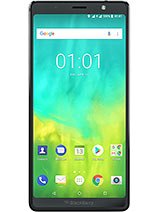
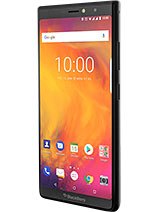
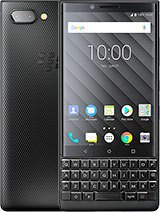
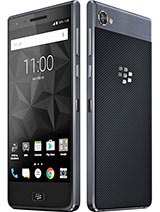
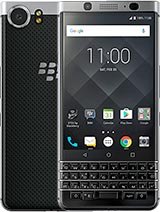

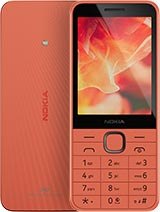


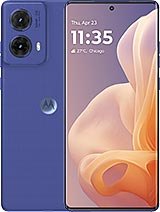


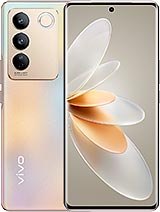
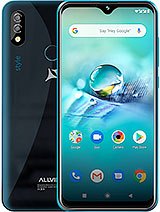

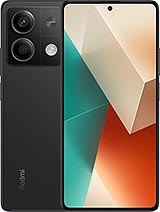
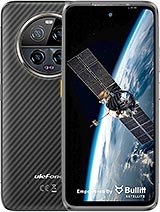
Leave your Opinion here